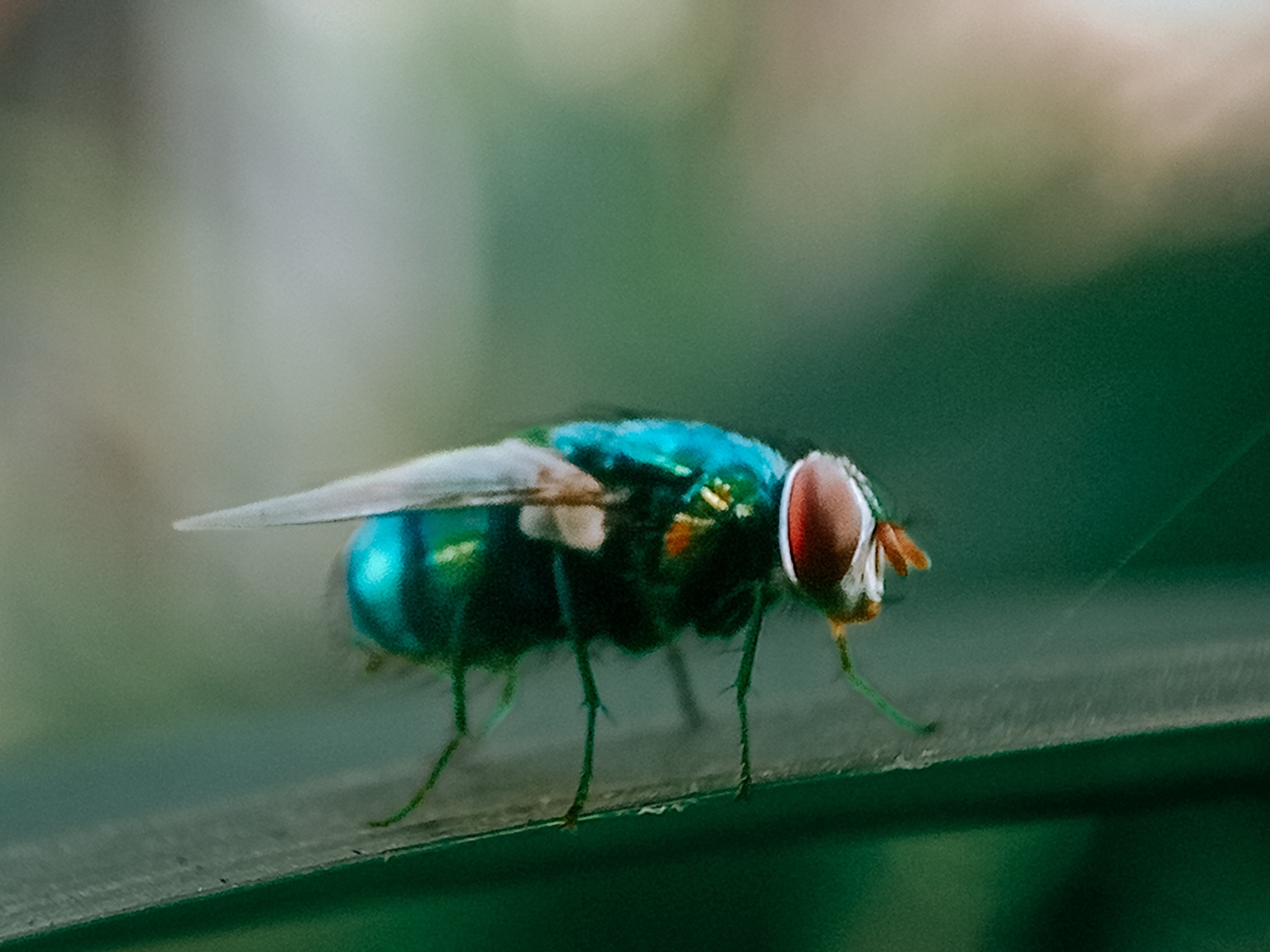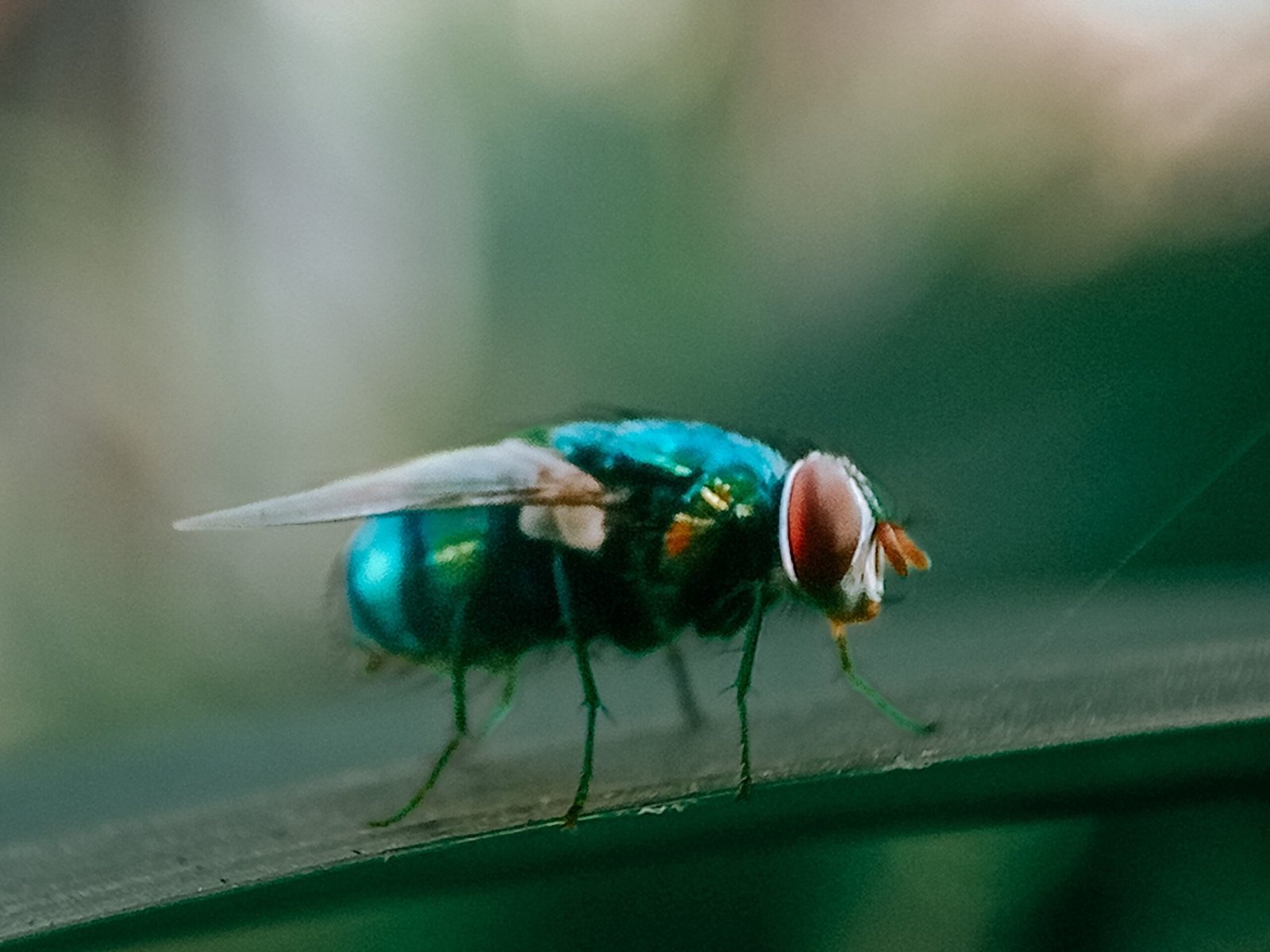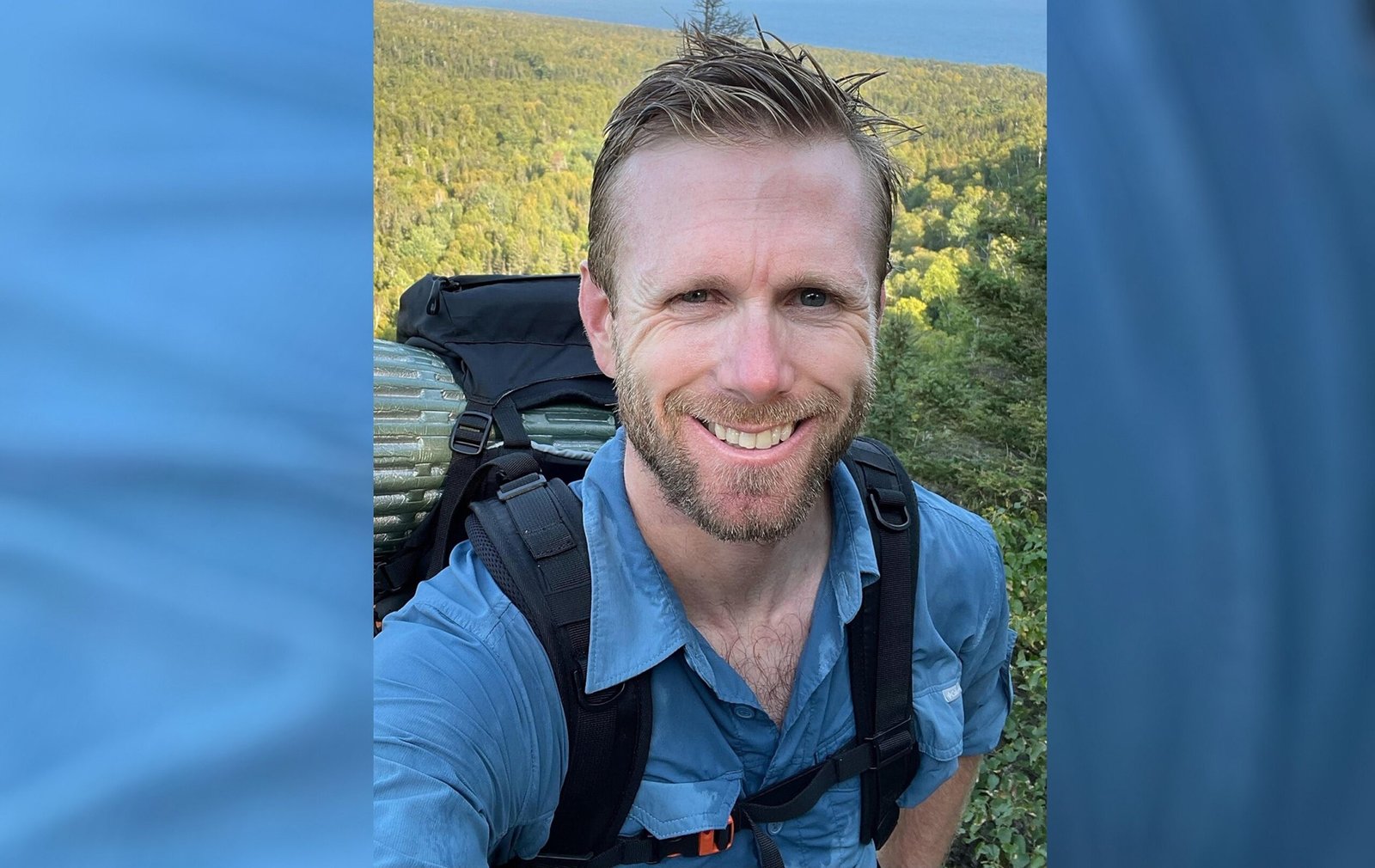Earlier this week, the Department of Health and Human Services (HHS) confirmed the first human case of a parasite that eats flesh in the United States.
The patient, resident of Maryland, had recently returned from traveling to El Salvador and was discovered that he was infected with New World Screwworm, an HHS spokesman told ABC News.
It comes in the middle of an outbreak of the parasite between cattle in Mexico and the countries of Central America.
This is what you need to know about infestation, including the way it spreads, what are the signs and how it can be treated.
What is New World Worlyworm?
New World Tornworm (NWS) is a kind of parasitic fly that feeds on living tissue and can cause miiasis, which is an infestation of larvae or worms.
They can infest many types of animals, including cattle, pets, wildlife and, in rare cases, humans.

Cochliomyia Hominivorax, the New World screw worm fly, or the screw worm for abbreviation, is a kind of parasitic fly that is well known by the way its larvae (worms) eat the living fabric.
Ramdan Fatoni/Getty images
“New World Worlyworm gets its name because these are small parasites and, when they really land in an open wound, they will screw the wound, this is how they are buried, and they really consume fabric,” Lori Ferrins, an associated professor of pharmaceutical sciences at the University of Northeastern, told ABC News.
Ferrins explained that a female NWS will find a living host, will land in an open wound and lay between 200 and 300 eggs. After the hatching of eggs, worms exceed the tissue and cause painful infestations.
NWS is not typically found in the United States and is present in countries in Central and South America, as well as in the Caribbean, according to the Centers for Disease Control and Prevention (Centers for disease control and prevention).
NWS infection can cause Various symptoms Including skin lesions that do not heal or worsen over time, wounds or painful sores, bleeding through open sores, feeling or seeing worms in pain or a bad smell of the infestation site, according to CDC.
The worms can also be found in the eyes, nose and mouth, said the Federal Health Agency.
“The larvae of the world’s new worm are particularly unpleasant, and that is why this name has been given,” Dr. Shira Doron, Director of Control of Infections of the Health System of Medicine of TUFTS told ABC News. “Here in the hospital, we can have a patient and, with a painful open wound, we can notice that there are larvae or worms.”
How is it?
There is currently no cure for drugs But there are effective treatments for NWS infestation. If someone believes that they can be infected or sees and feels worms in a wound or anywhere else in the body, they must communicate with a medical care provider immediately, according to CDC.
A doctor will have to eliminate worms, which may require surgery, says CDC. The agency said patients should not try to eliminate or get rid of worms.
“We want to eliminate them physically, kill them and send them to a special laboratory to see if we are dealing with something from another country, which implies the need for a stronger public health response to prevent it from becoming a generalized problem,” Doron said.
How to prevent infection
Doron said that anyone who travels to parts of the world where NWS infestation is common should Keep covered open wounds and use an insect repellent approved by the EPA.
“Things like long sleeves, long pants, getting the pants in their socks, all the techniques that you have probably heard to avoid insect bites, because there are many health implications that are associated with a wide variety of insects,” he said.

In this file without date, the cattle are shown on a road on Ometepe Island, State of Rivas, Nicaragua.
Stock Image/Getty Images
Ferrines said there are currently efforts to prevent the parasite from crossing the United States, including the construction of a sterile flies production in Texas.
“There are steps that we can take … and then control or eliminate the presence of[nws}requisitivethatin1966″hesaid”andtheforminwhichitishadtheorerallyfoundoutofthemostofthemostimportanttheneedforaproductionandthewaywhichwillbeappropriateitwilltakeittodoit[NWS}Justlikewedidin1966″Shesaid”AndsotheWaythatwasactuallydonewasthraughbbreedingDiSfiS-SpellizedMalefliesthatactuallywillmatewiththewildFefly”[NWS}aligualquenosotrosen1966″dijo”Yasílaformaenquesehizorealmentefueatravésdelasmoscasmasculinasesterilizadasdereproducciónydispersiónquerealmenteseaparearánconlamoscafemeninasalvaje”[NWS}justlikewedidin1966″shesaid”Andsothewaythatthatwasactuallydonewasthroughbreedinganddispersingsterilizedmalefliesthatactuallywillmatewiththewildfemalefly”
She continued: “Indeed, that only means that when the female screw worm fly goes on to put their eggs again, they do not hatch. And that effectively stops the life cycle.”
How worried should we be?
Ferrines said that the United States eradicated the screw worm in 1966, and the country has been relatively free of the parasite apart from an outbreak in 2017 in the Keys of Florida.
“The incident of Florida Keys or the infection period resulted in animals only, so there was no human infection at that time,” he said. “Then, it is very rare even to have a human infection.”
The screw worm has not been detected in animals within the United States, but the United States Department of Agriculture said in a Press release Earlier this month, which NWS “is not only a threat to our livestock community, but is a threat to our food supply and our national security.”
Ferrines added that the risk of infection is currently low in the US, so there is no reason for great concern.
“My advice for people would be: to be on guard but, ultimately, there are no active signs of infection here, infection locally acquired in the United States,” he said.
Youri Benadjaoud of ABC News contributed to this report.





